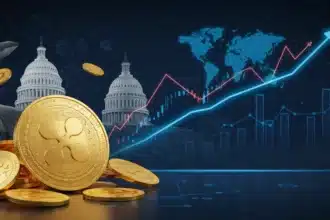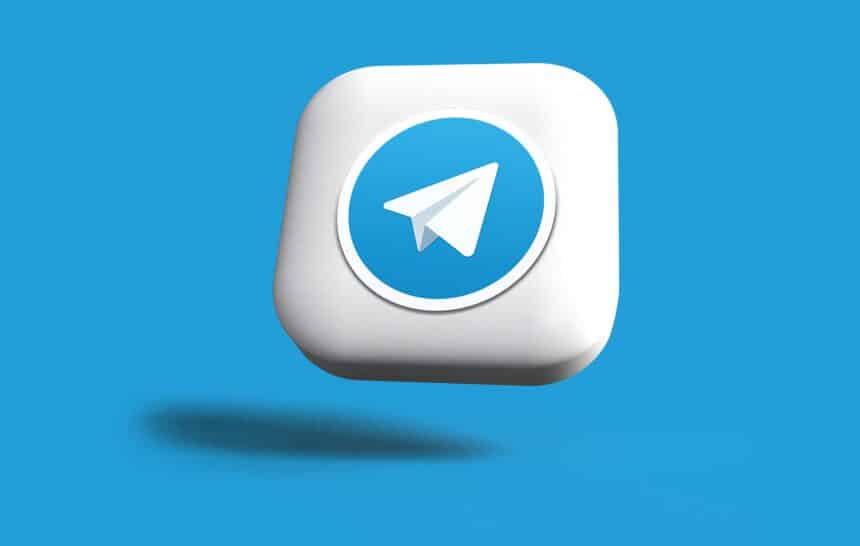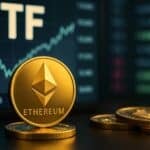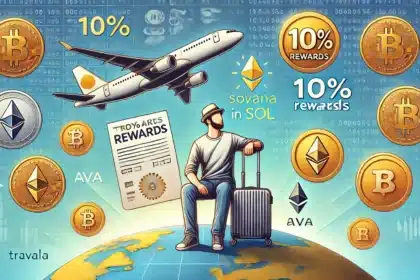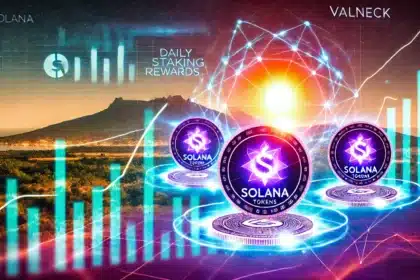Founded by Nikolai and Pavel Durov, Telegram quickly became known for its emphasis on privacy and speed, according to sources. Now it has moved to being a Telegram blockchain, sparking innovation.
Evolution and Expansion
In 2015, Telegram introduced bots, which allowed users to automate tasks, manage groups, and handle complex interactions. The platform continued to evolve, adding voice calls in 2017 and video calls in 2020.
Additionally, Telegram reportedly introduced channels, enabling users to broadcast messages to large audiences and share ephemeral content with detailed privacy settings. The platform also created a transparent giveaway system within channels, facilitating real-world prize distribution.
The Durov brothers were reported to have aimed to expand Telegram beyond a messaging platform. They envisioned a decentralized system capable of transforming digital transactions and communications, leading to the development of the Telegram Open Network (TON) blockchain. The goal was to create a high-performance blockchain that could handle millions of transactions per second while integrating seamlessly with Telegram’s messaging services.
Development of the Telegram Blockchain
The TON Blockchain project officially began when Pavel Durov released a whitepaper in 2018, outlining its technological advancements, as reported. The TON Blockchain was designed for scalability, featuring a multi-blockchain architecture and sharding mechanism. This setup included a master chain for overall network management and multiple work chains for independent operations.
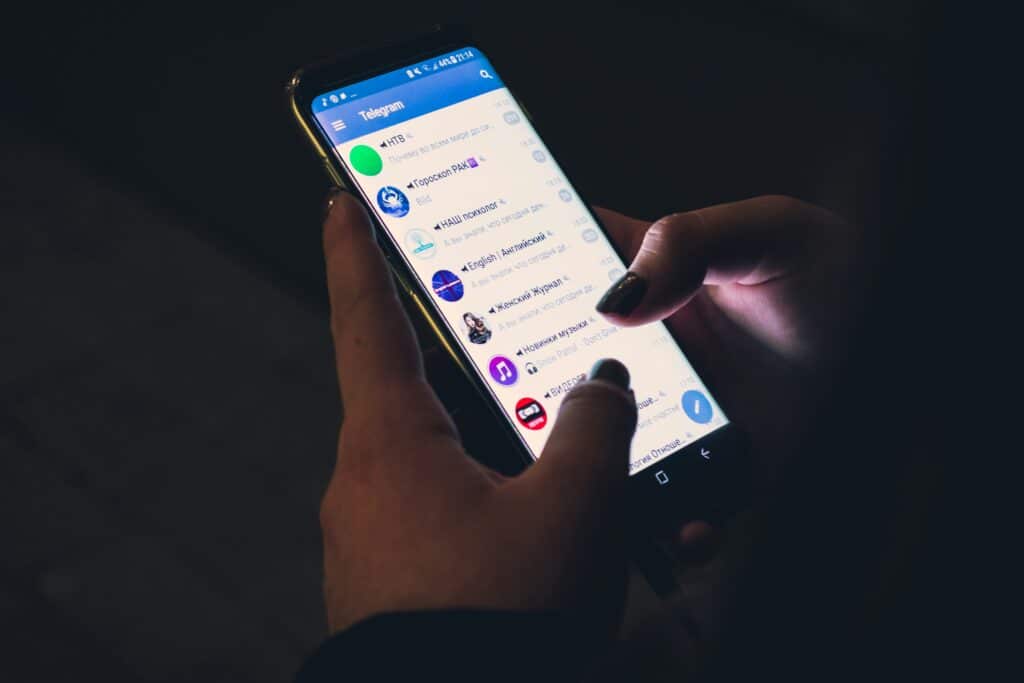
Telegram allegedly sought to raise funds for this project through an initial coin offering, successfully raising about $1.7 billion from 175 investors in a private sale of the Gram token. However, the project faced significant legal challenges.
Legal Battle with the SEC
In October 2019, the U.S. Securities and Exchange Commission (SEC) reportedly filed a complaint against Telegram, alleging that the sale of Gram tokens constituted an unregistered securities offering. The SEC argued that these tokens were securities and required registration under U.S. securities laws.
A federal court was reported to have ruled in favor of the SEC in March 2020, halting the distribution of Gram tokens. Consequently, Telegram abandoned the project in May 2020 and agreed to return the raised funds to investors, along with paying an $18.5 million civil penalty. This decision highlighted the regulatory difficulties faced by blockchain projects.
Following Telegram’s withdrawal, independent developers continued the TON project, now known as The Open Network. The development is now managed by the TON Foundation, a non-profit organization based in Zug, Switzerland.
Between 2021 and 2022, the TON community focused on improving network architecture, implementing dynamic sharding, and refining the proof-of-stake consensus mechanism.
Integration and Endorsement
Despite not being the project’s primary developer, Telegram has reportedly continued to support the TON Blockchain. In September 2023, Telegram integrated the TON Space self-custodial wallet, and introduced an ad revenue-sharing system in March 2024, with payments made in Toncoin, the successor to Gram. Telegram officially endorsed TON as its “official web3 infrastructure” in September 2023.
This endorsement allegedly led to significant investor interest and an increase in the value of the TON token. As of May 27, 2024, the total value locked on the TON network surpassed $300 million.
Telegram’s collaboration with Trust Wallet reportedly enables its users to send and receive TON tokens. Additionally, TON announced support for Tether tokens on its blockchain, enhancing the platform’s utility. The value of the TON token increased significantly, reaching $7.63 on April 11, up from approximately $2.21 a year earlier, as reported.
Mini-Apps and Ecosystem Expansion
On July 31, Telegram introduced an in-app browser and mini-app store, enhancing its blockchain capabilities and user experience, according to news sources. The new browser allows access to TON sites and integrates web browsing with messaging.

Telegram’s mini-apps, such as Notcoin and Hamster Kombat, have gained substantial traction. Notcoin has over 35 million users and a market cap of $1.15 billion, while Hamster Kombat boasts over 300 million users and is known for its planned large-scale airdrop of its native token, HMSTR. Catizen, another popular mini-app, has attracted 27 million active users.
Future Outlook
Telegram Blockchain evolution from a messaging app to a prominent player in the blockchain space demonstrates its capacity for innovation. The platform’s ongoing efforts and success in the crypto sector, coupled with potential plans for an IPO, underscore its transformative impact. Learn more about new blockchains and tokens with TheBITJournal.
